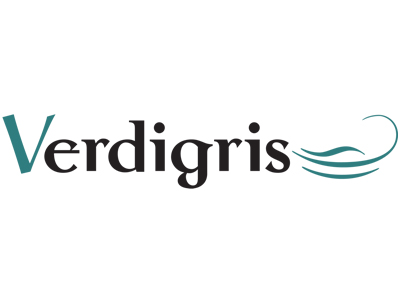Last November Heidelberg started reinventing itself for the digital age. Actually, that isn’t quite right. Last November was a turning point because Heidelberg Druckmaschinen’s digital reinvention began earlier. The most visible indicator of that process was the company’s much vaunted relationship with Fujifilm to sell a rebadged version of the JetPress 720s sheet fed digital press. Heidelberg was also doing its best to build online subscription models for customer service and support. Was an industry stalwart finally getting the digital message and aligning that digital step with the company’s environmental one: no inventories, printing close to the point of use and so on? No, not really, not deep in the Heidelberg heart. Despite the warm words of digital encouragement drupa 2016, when things were supposedly changing, feels like a lifetime ago. Sadly it didn’t work out. The ‘birth party for the new Heidelberg’, as then-CEO Dr Gerold Linsbach described drupa 2016, is looking far less festive.
Today the Heidelberg Primefire is no longer and the company is labouring heavily under debts of €465 million with liabilities of €834 million due within a year and another €1.1 billion on a further horizon. With €635 million in cash and receivables there is still a gap of more than a billion Euros. Ouch. Has Heidelberg turned into an ugly poster child for the industry it serves? Maybe that’s too bleak a view. There is more to it and the more might mean a happier future, nostalgia aside, for Heidelberg. The company is reinventing itself to provide products which have a greater likelihood of generating long term revenues than digital presses in an oversaturated market. These products relate to climate change mitigation and sustainability, but they have little to do with Heidelberg’s traditional markets.
The company ditched Primefire as part of its restructuring into Heidelberg Digital Technology and Heidelberg Lifecycle Solutions segments. The former focuses on the company’s established sheetfed offset business including label printing, print related data processing and digital printing. That means the Versafire EP and the Versafire EV digital presses, rebadged Ricoh Pro C9200 and Pro C7200 engines respectively. The difference between what each company supplies is in the digital front end systems. And the relationship with Ricoh is getting closer.
The other segment, presumably the one where most investors’ interest lies, is about ‘the lifecycle business, software solutions and platforms’. As well as printing presses, Heidelberg develops and sells charging systems for electric and hybrid cars. The company started offering various models of these units earlier this year and claims several thousand customers already.
This is great news for the sustainability of motoring and probably of Heidelberg itself, so it marks an important transition point in the history of Heidelberg Druckmaschinen. The company is continuing to serve its traditional market whilst pivoting towards a very different future. Not participating in drupa 2021 is part of that move. Heidelberg’s future is about sustainability in many new and possibly unexpected dimensions. It’s a new direction, not just for Heidelberg.
– Laurel Brunner
This article was produced by the Verdigris Project, an industry initiative intended to raise awareness of print’s positive environmental impact. This weekly commentary helps printing companies keep up to date with environmental standards, and how environmentally friendly business management can help improve their bottom lines. Verdigris is supported by the following companies: Agfa Graphics, EFI, Fespa, Fujifilm, HP, Kodak, Miraclon, Ricoh, Spindrift, Splash PR, Unity Publishing and Xeikon.
Heidelberg facing forwards
Published: 15 July 2020 | No comments yet

Electric vehicle charging systems are one direction that Heidelberg is moving in




